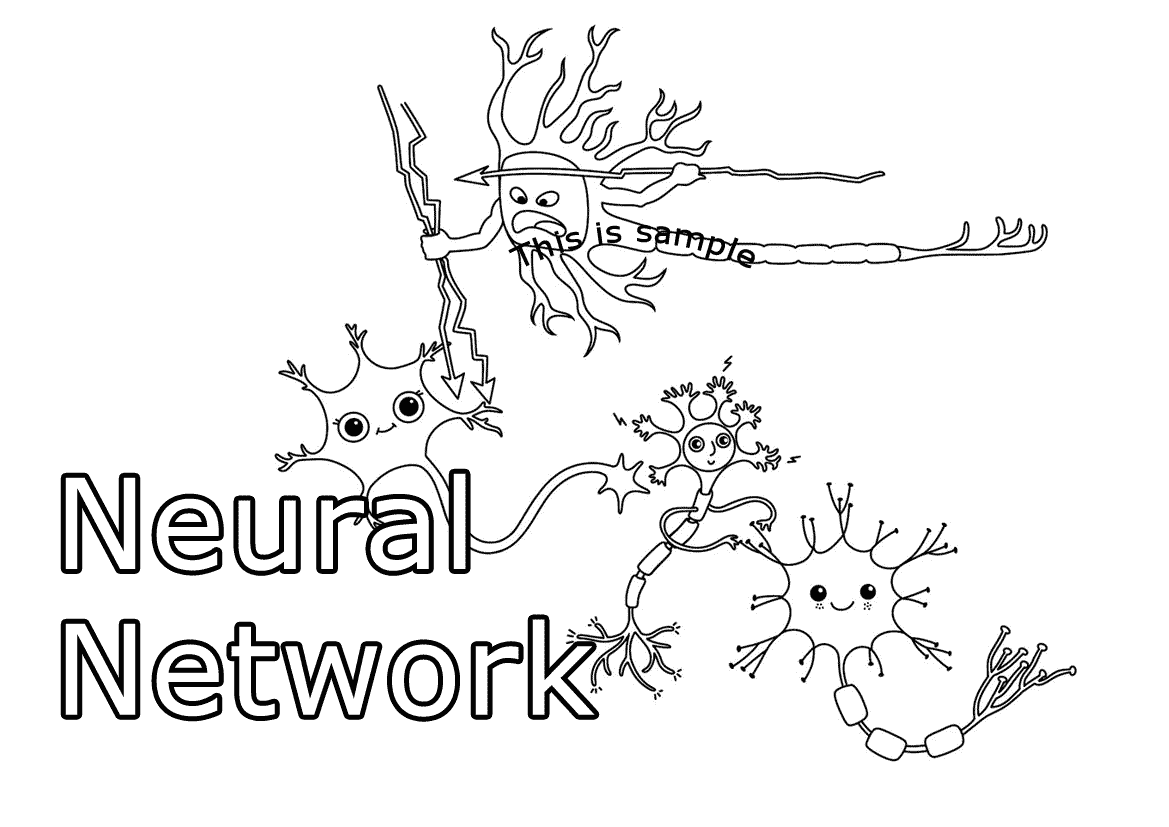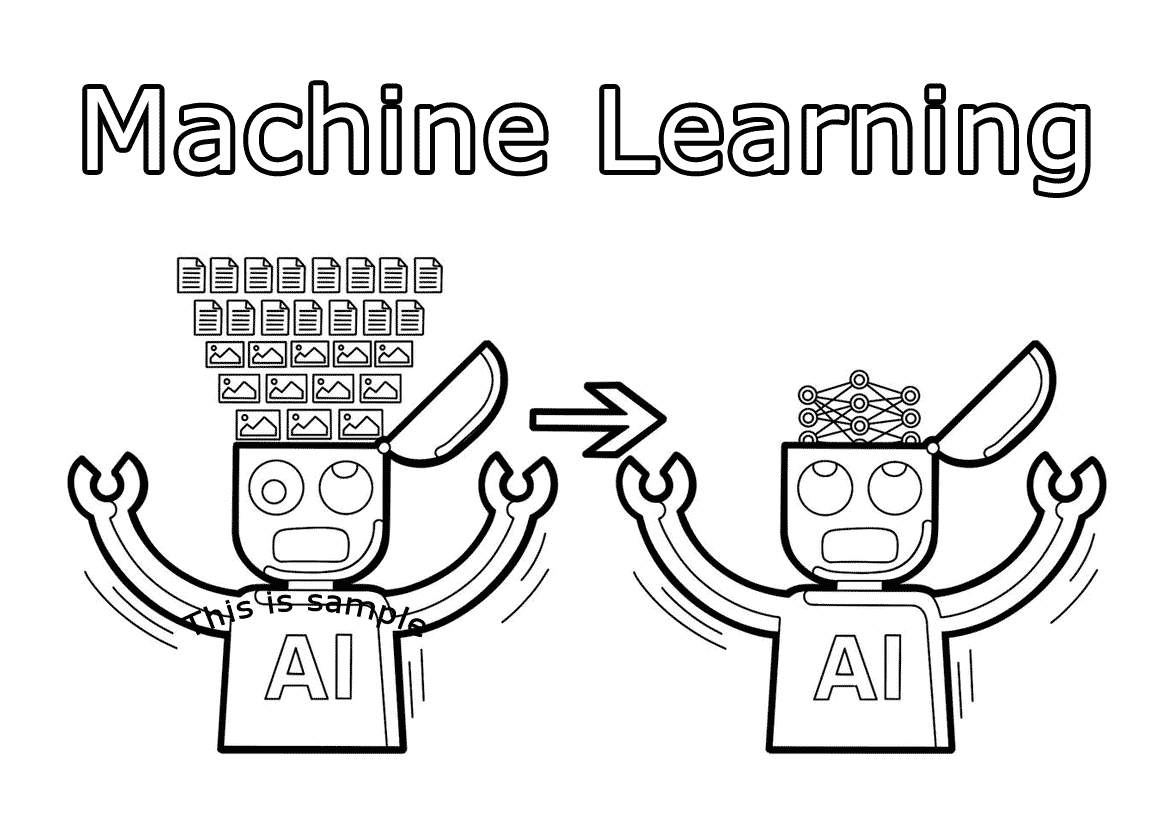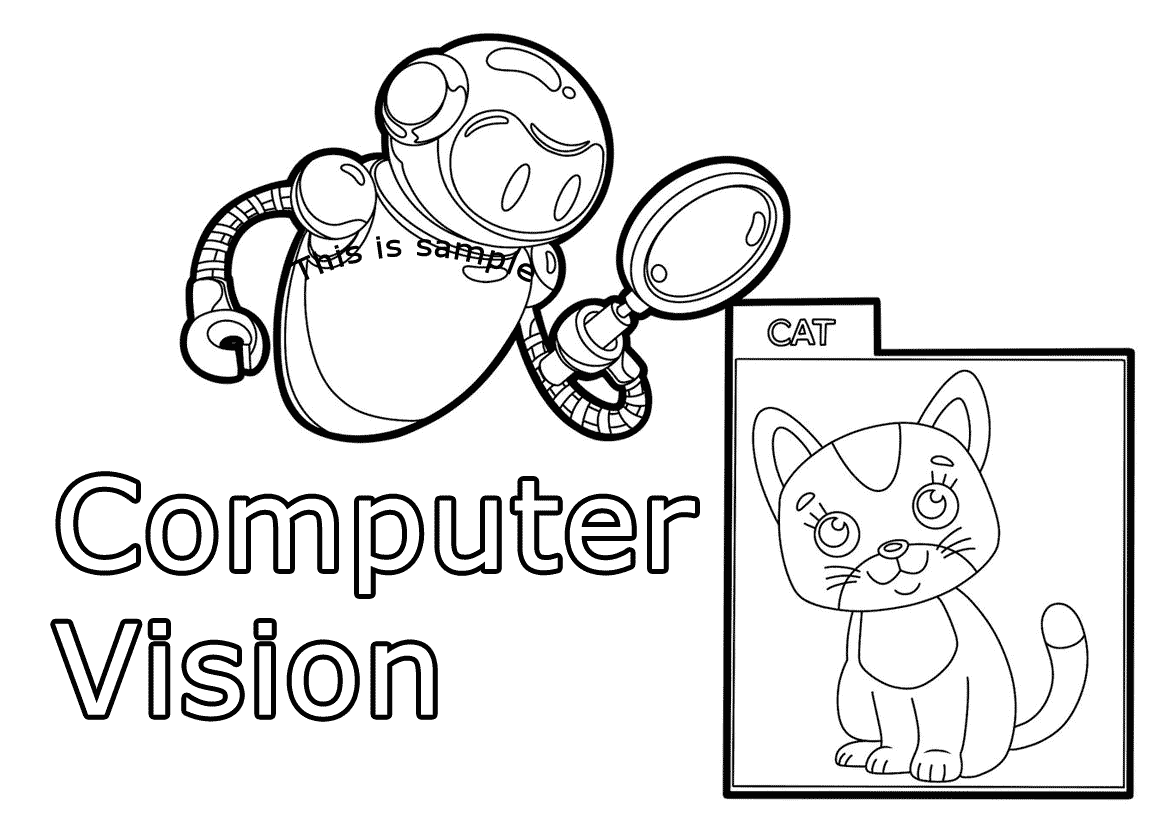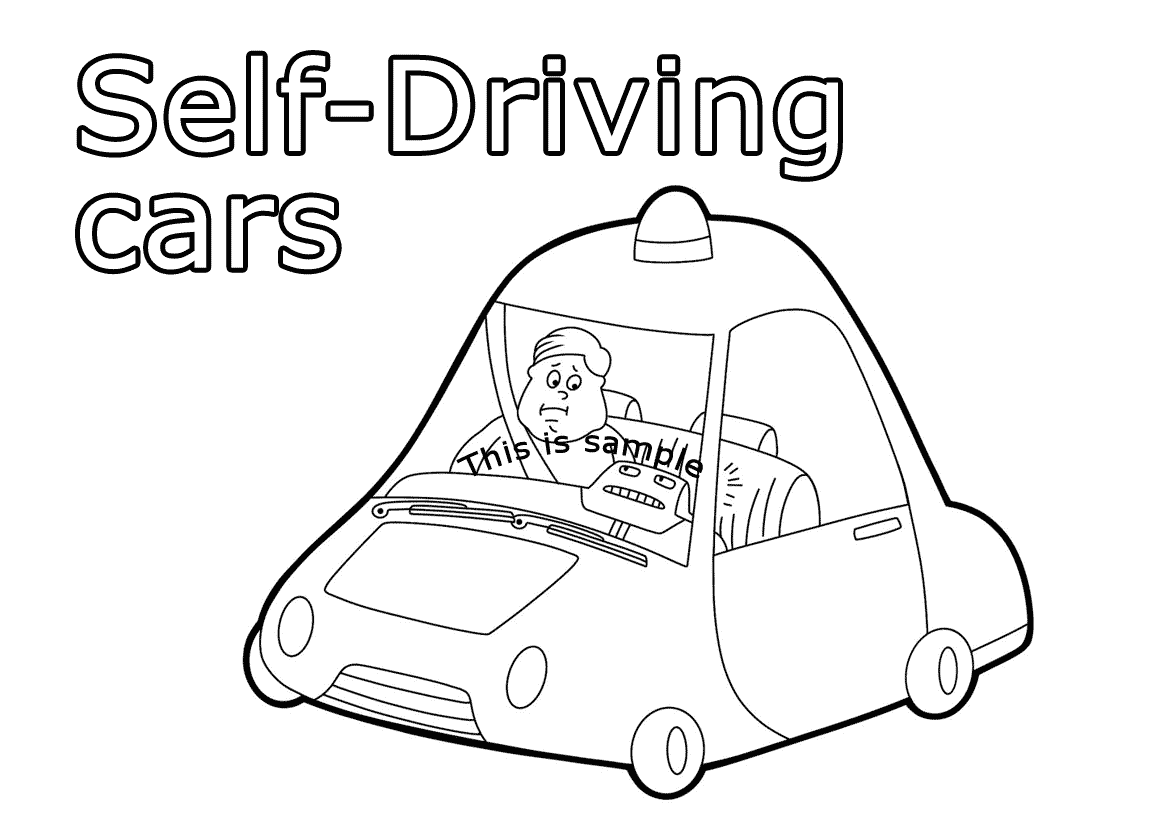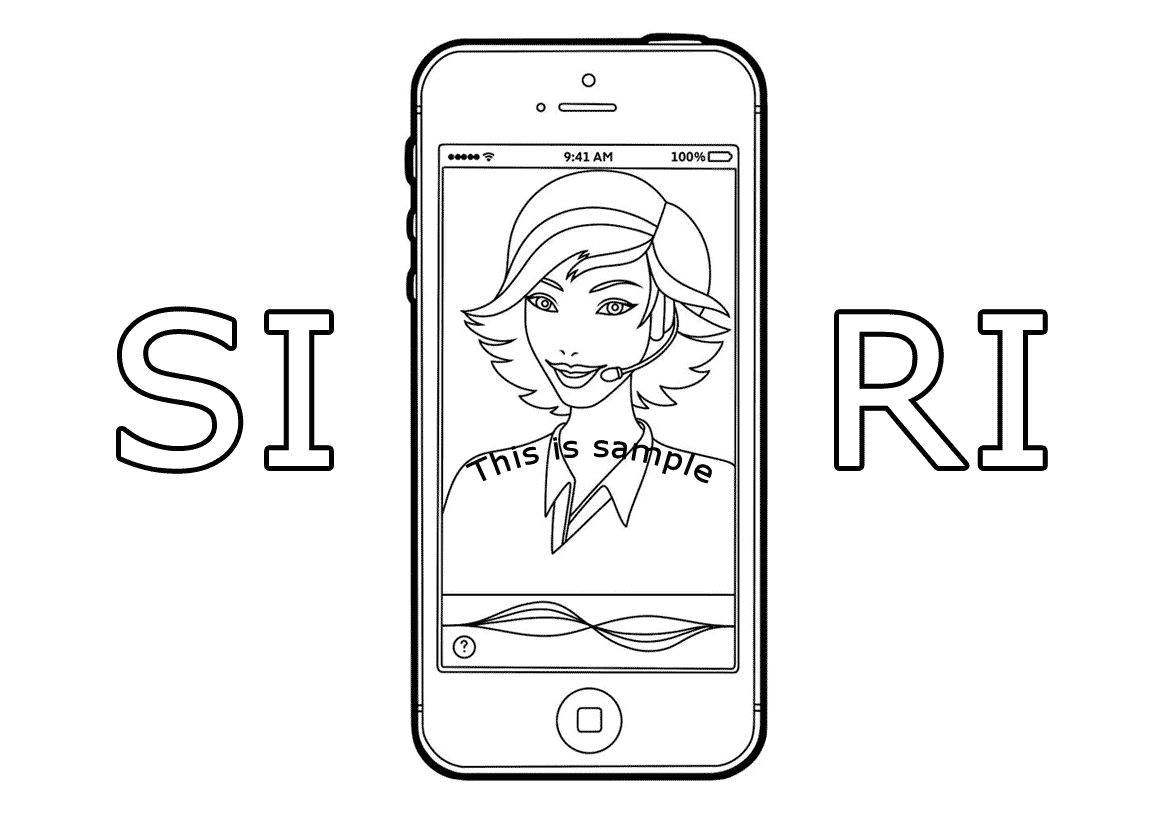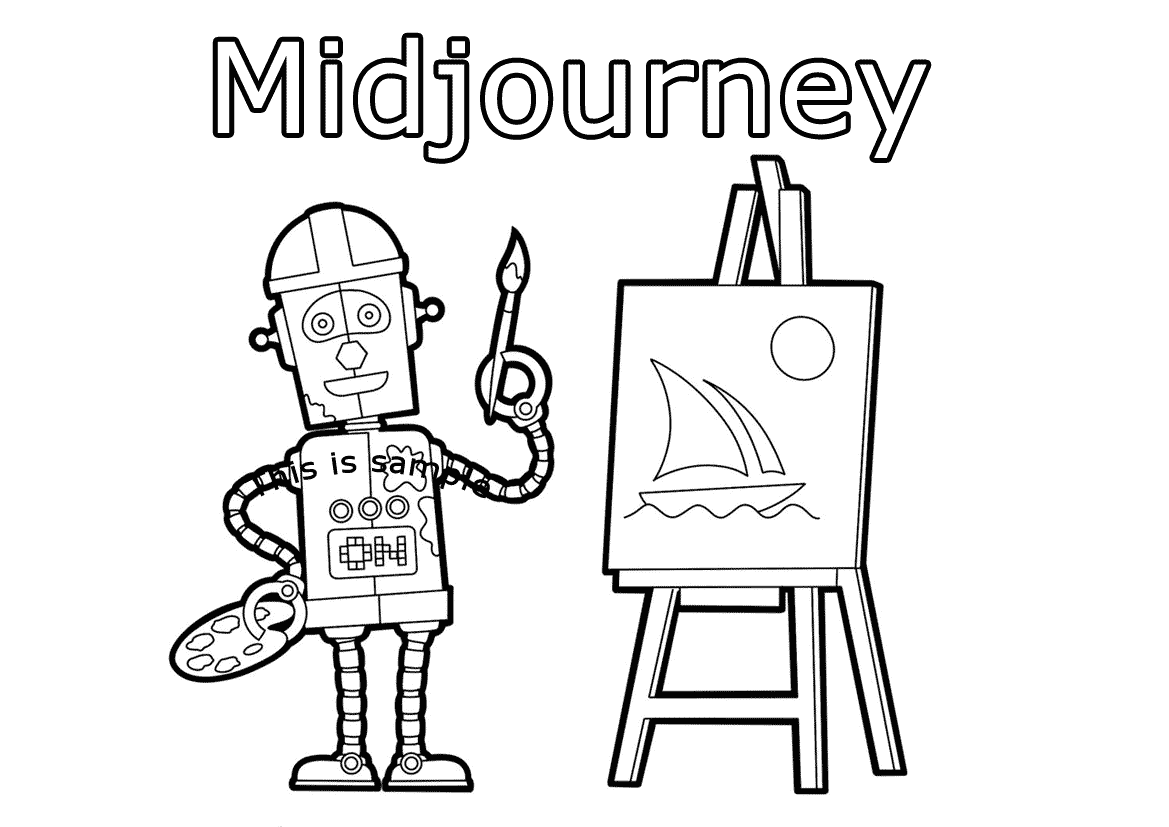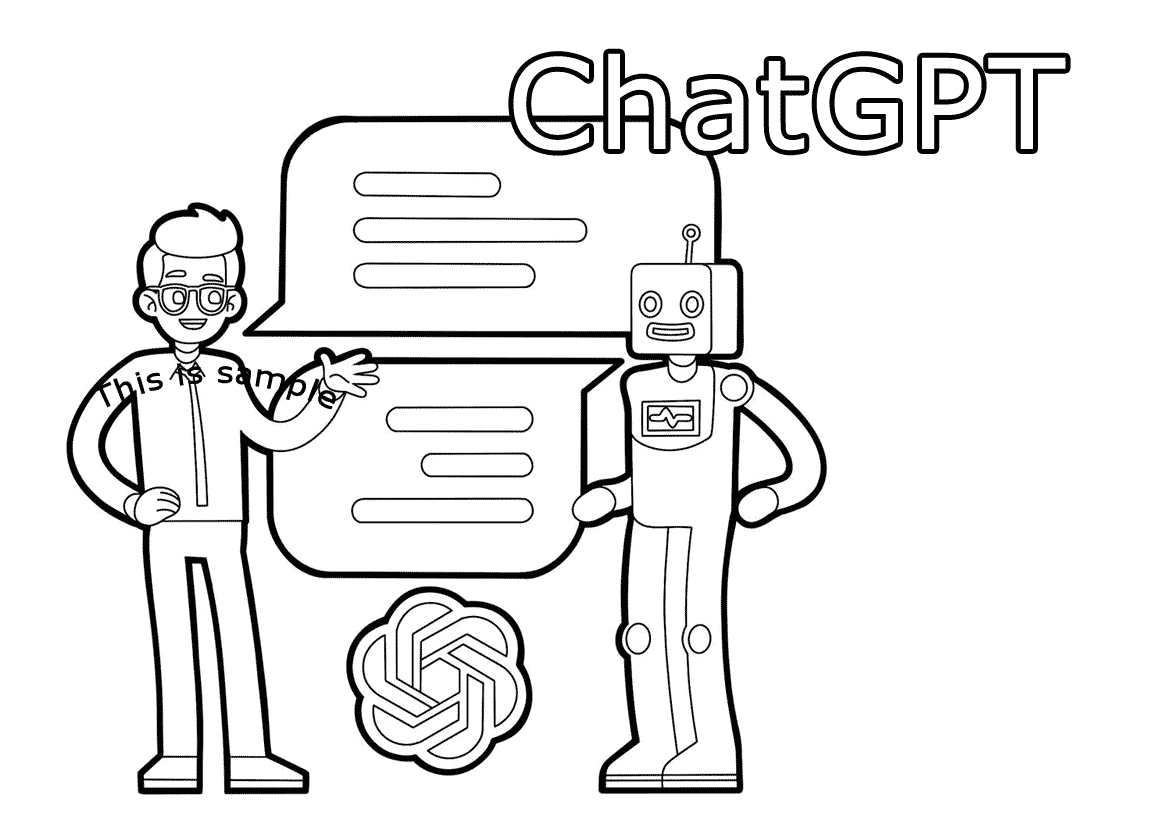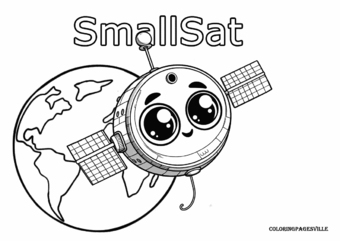Human brain consists of billions of neurons - small cells that transmit signals to each other. Together, they form a neural network. Each neuron has many input branches through which it senses thousands of surrounding neurons. If surrounding neurons activate in a certain order, our neuron also activates and sends a signal to its single (but long) output. Then other neurons will hear our neuron and respond to its activation. This is how thinking works in the brain. Scientists have figured out how to create virtual neurons and artificial neural networks in computer. These are simply programs that imitate the brain. These artificial neural networks are used to create, for example, chatbots like ChatGPT or image generators like Midjourney. However, artificial neural networks cannot yet compare to the one in your head. Because each neuron in your brain is like a small computer that itself decides when to activate, while in the artificial neural network, a single program must calculate each neuron one-by-one, that is why its work takes a lot of time and energy.
Add comment

